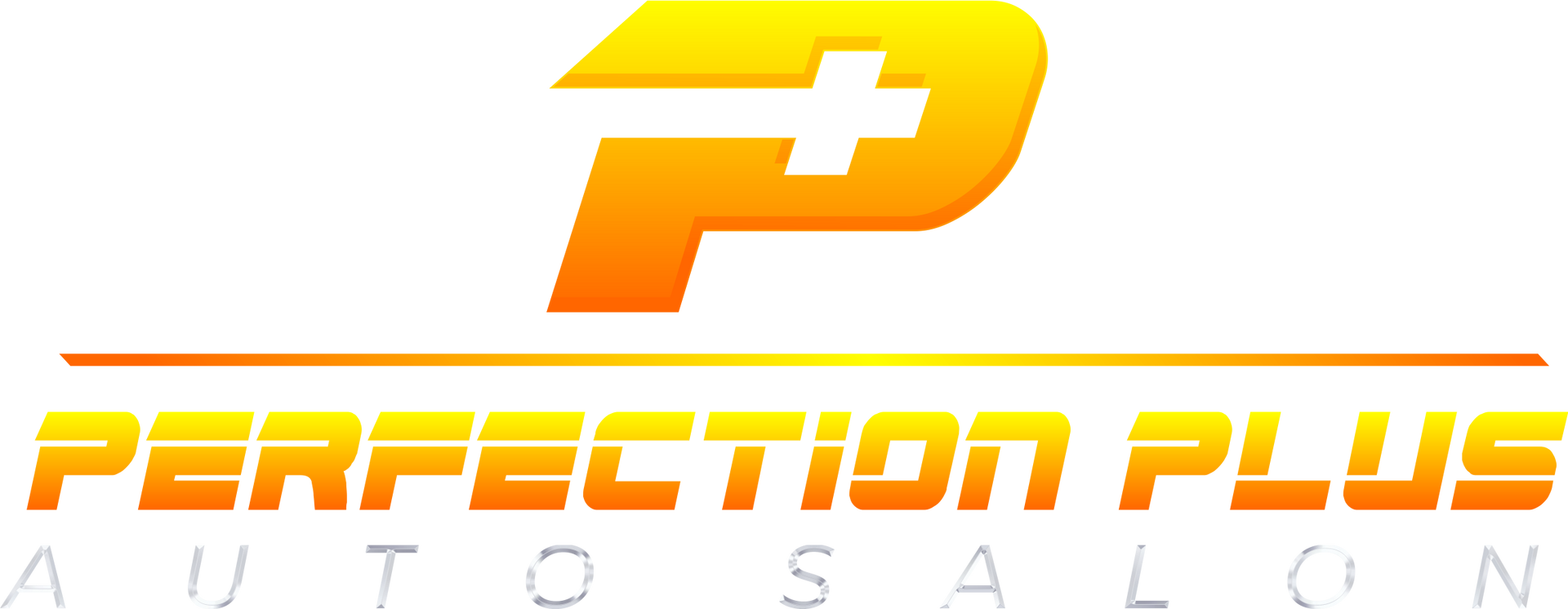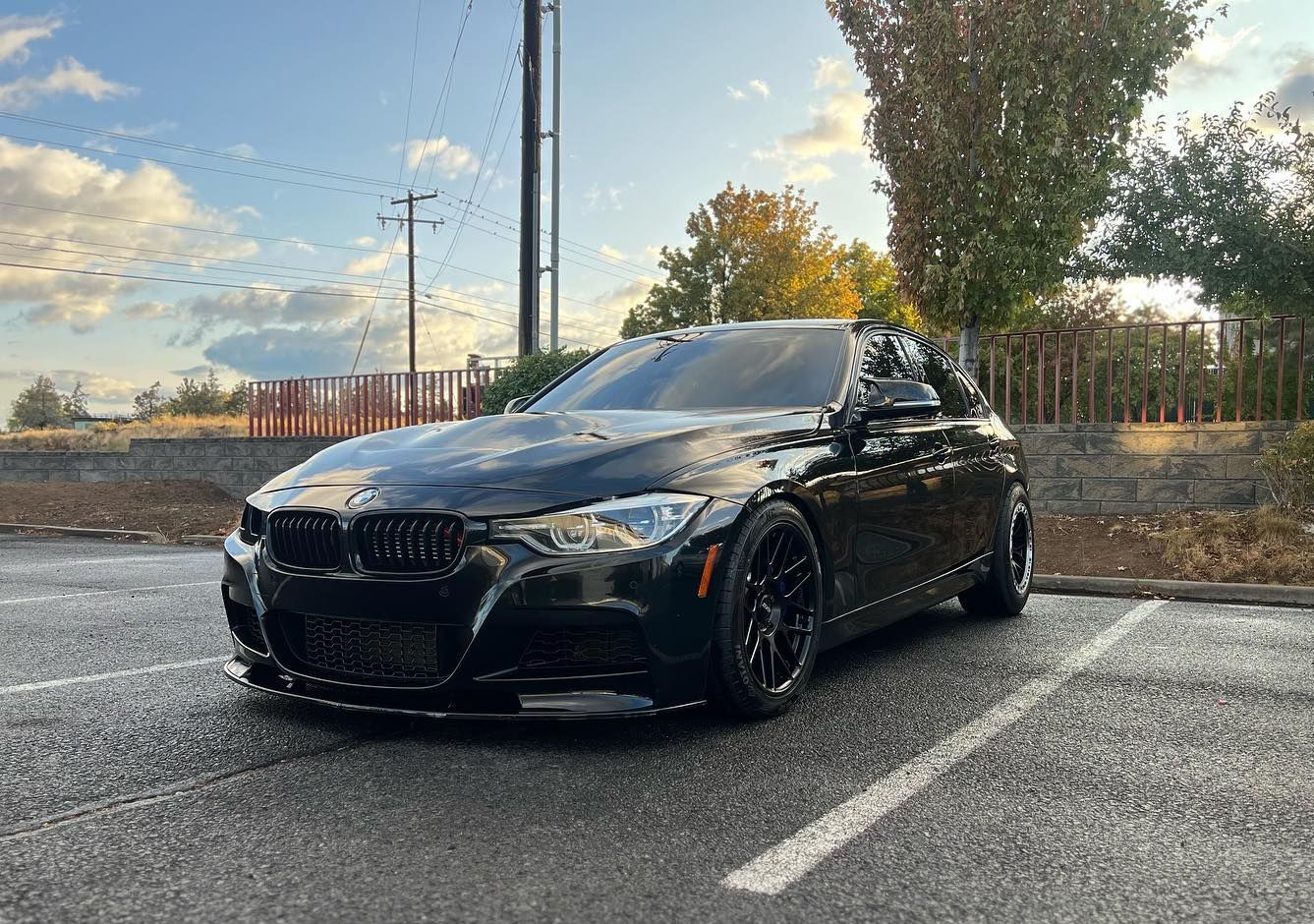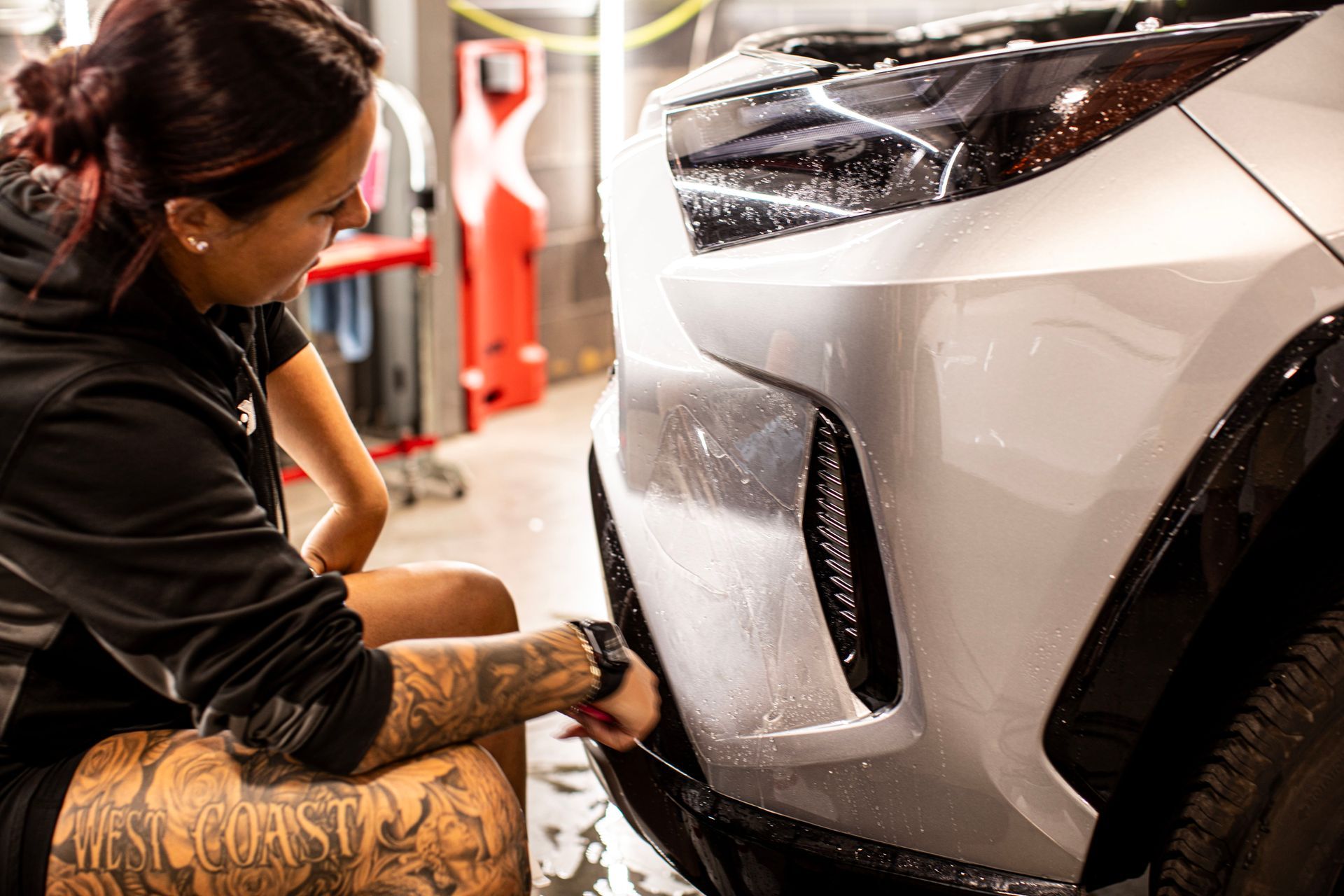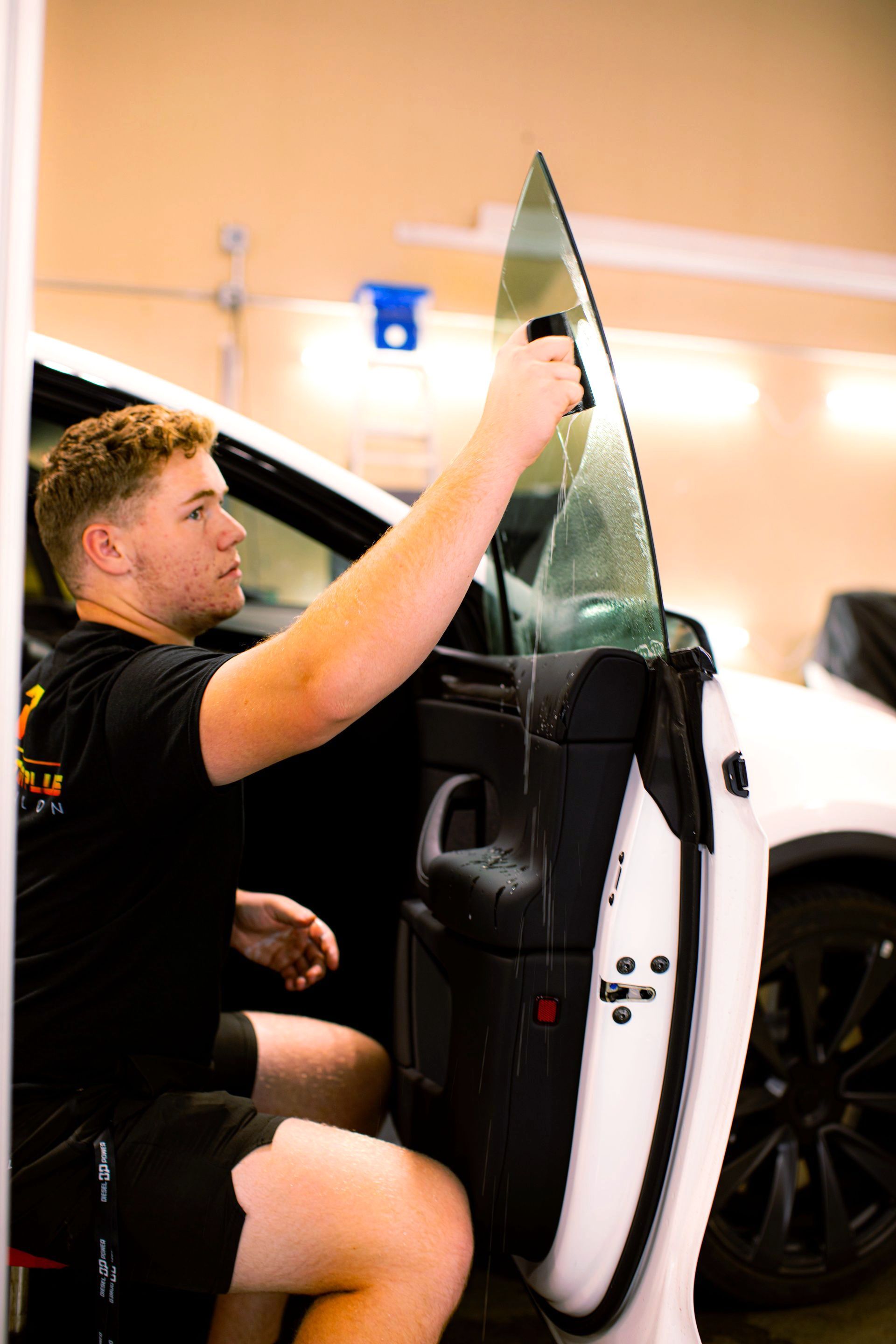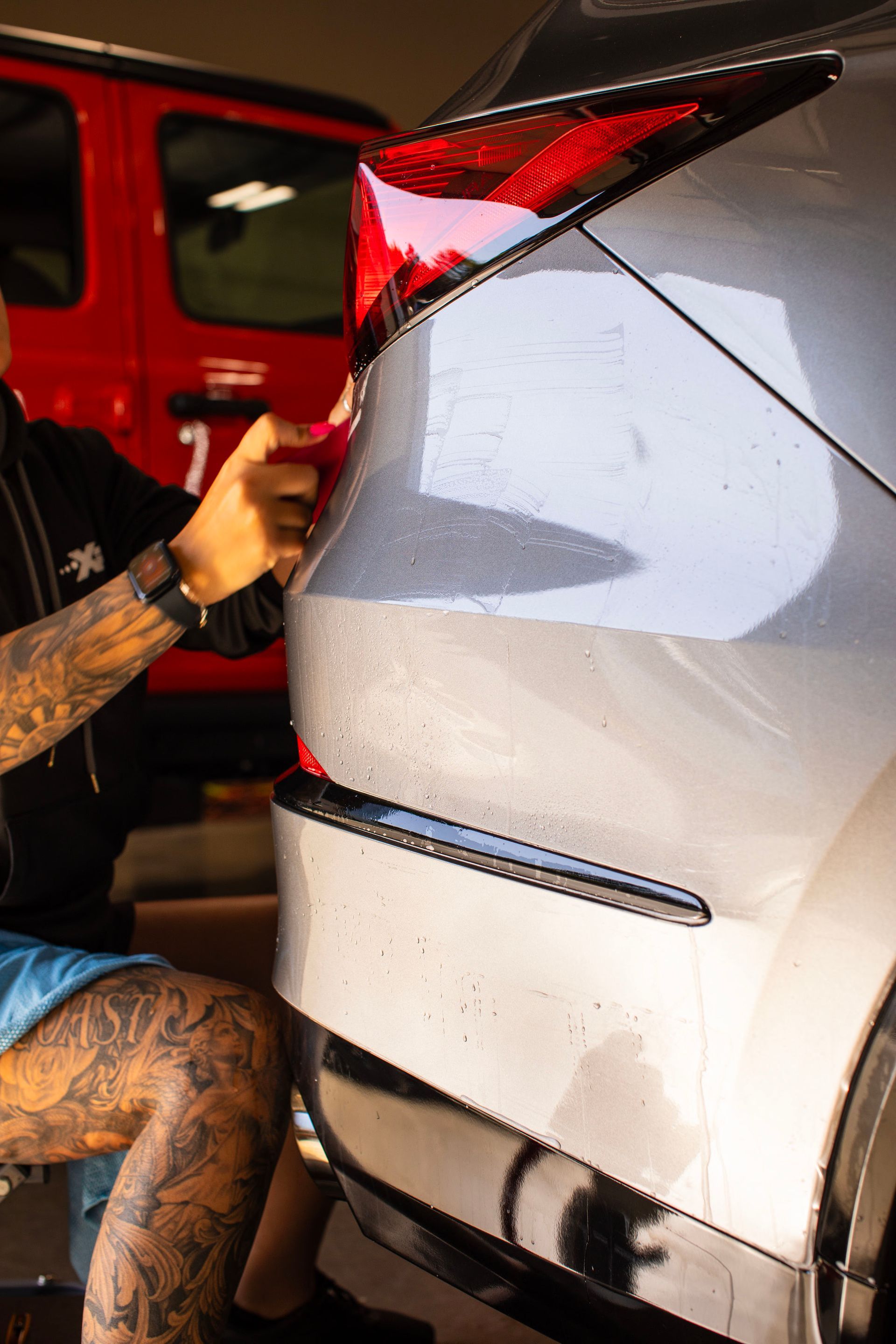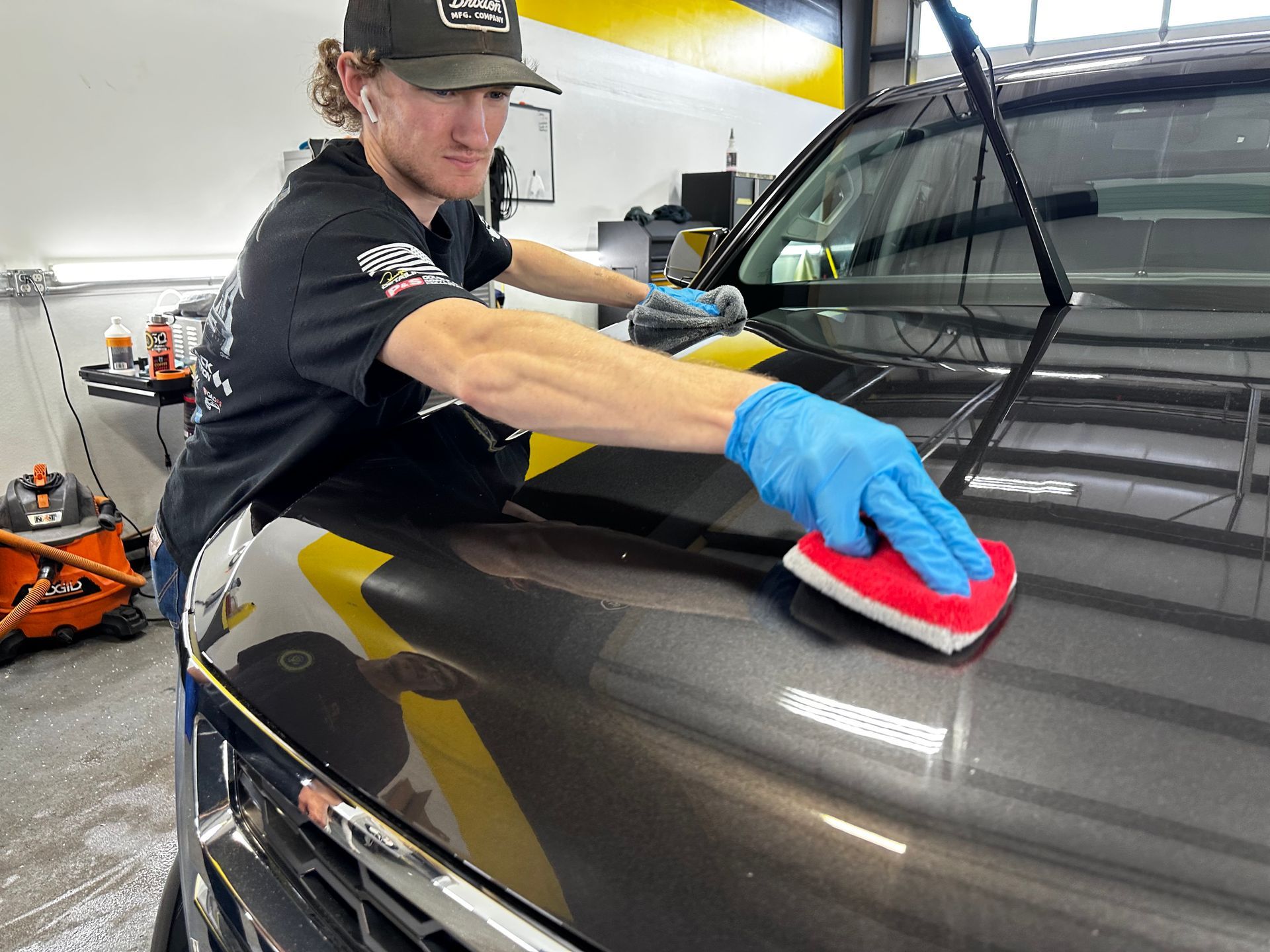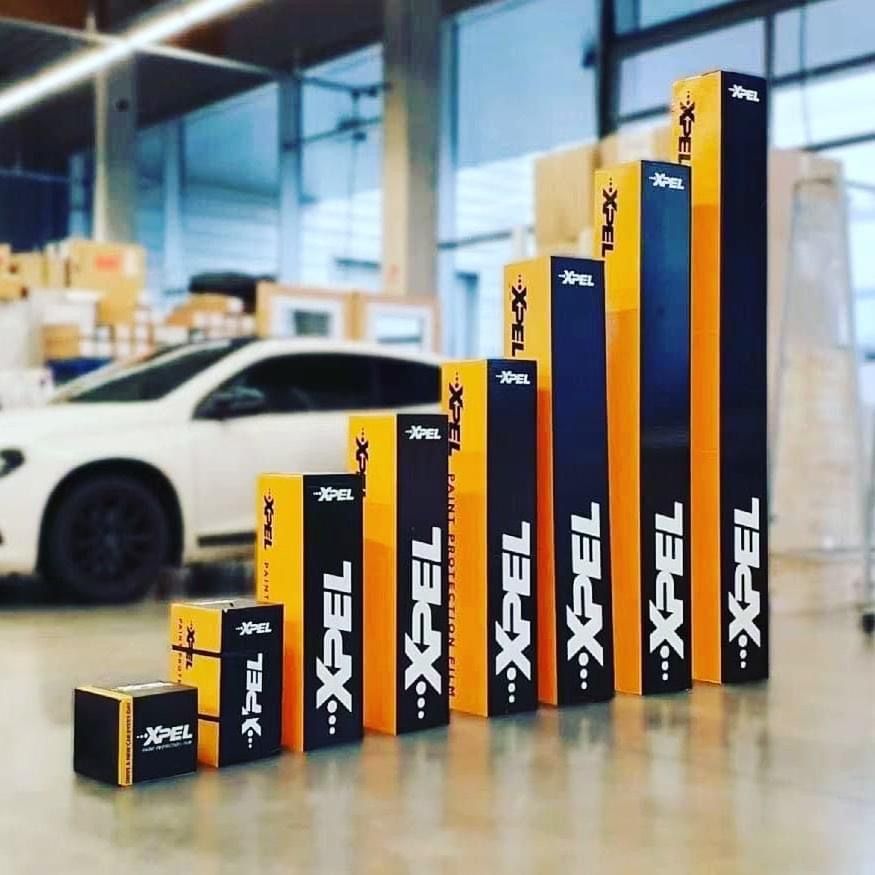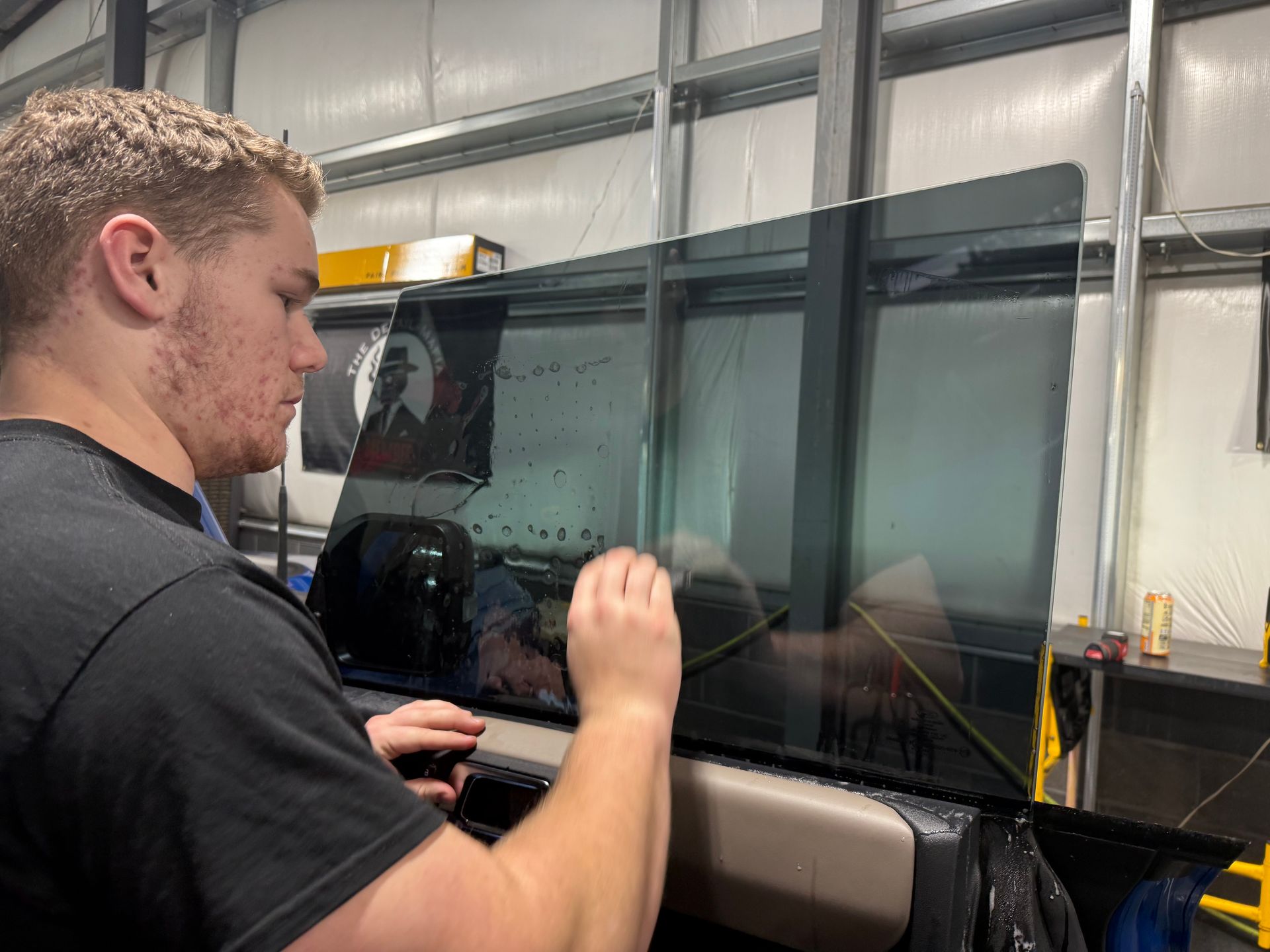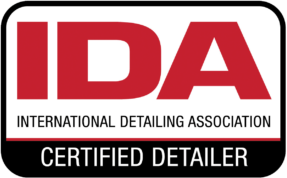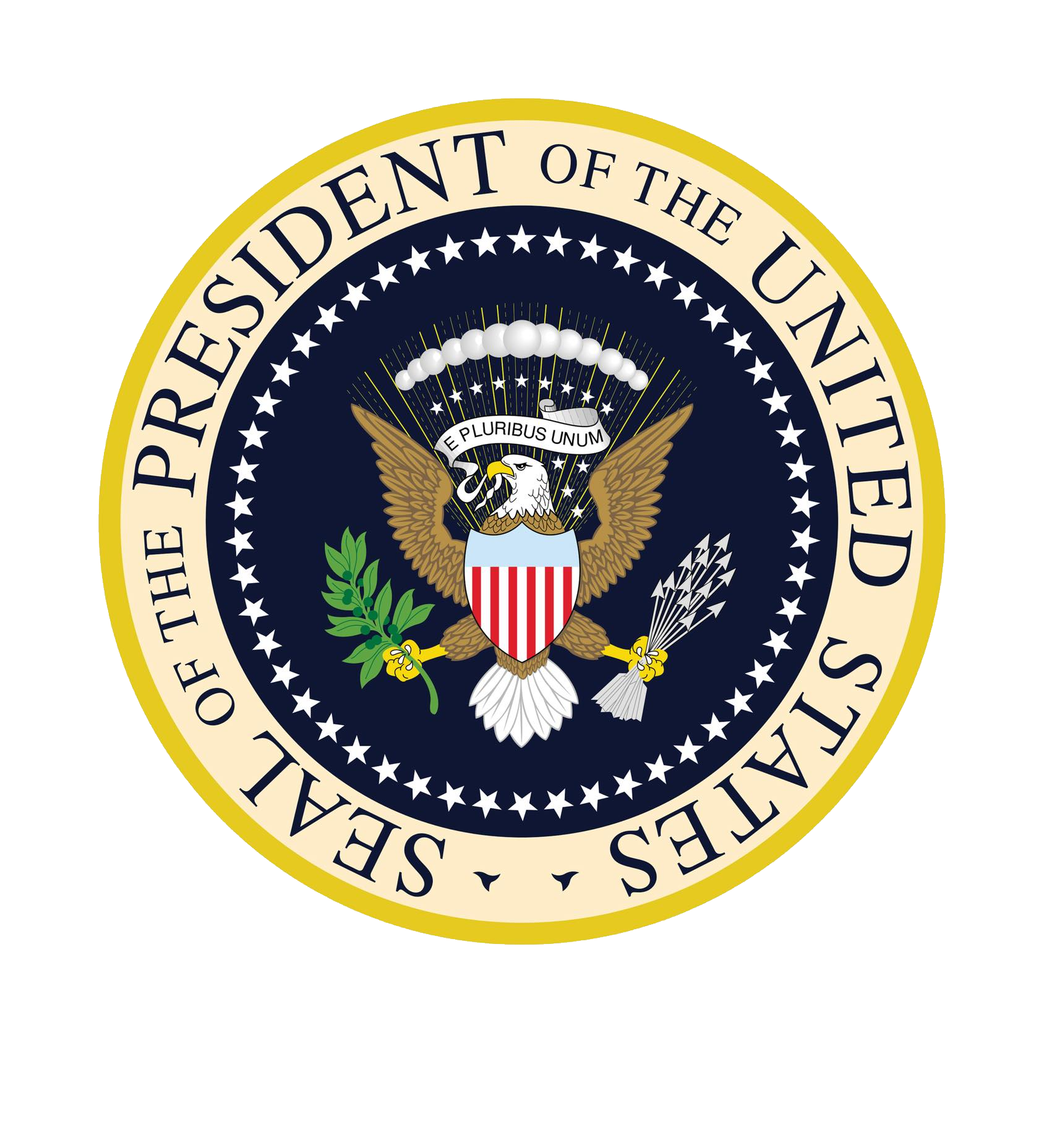DIY vs. Professional Paint Protection Film Installation: A Comprehensive Comparison
GET A FREE ESTIMATEOne might tend to lean towards DIY installation of paint protection film - it’s natural to see the appeal in its flexibility of time and potential cost savings. It could mean shiny protection for your car without any work schedule conflicts, using materials you bought yourself. However, the path is not always smooth and could result in costly errors, like a misplaced film or air bubbles trapped beneath, degrading the overall aesthetic. Now consider professional application - initially, they may seem pricey. But their expertise brings accuracy, the promise of a clean finish, extra car detailing services, and warranties to ensure you're happy in the end.
When deciding between DIY and professional installation of paint protection film, it's essential to consider your comfort level, skill set, and desired outcome. Professional paint protection film installation offers expertise and ensures a seamless fit for maximum coverage, making it an optimal choice for those seeking flawless results and long-lasting protection.
Comparing DIY and Professional Paint Protection Film Installation
When it comes to installing paint protection film on your vehicle, both the do-it-yourself approach and professional installation have their own set of pros and cons. Let's start by looking at the DIY method. This approach typically involves purchasing precut kits designed for specific vehicle makes and models, allowing enthusiasts to take matters into their own hands. Undertaking the project independently can be rewarding in terms of savings and a sense of accomplishment, but it also presents several challenges.
Firstly, DIY installation offers greater flexibility in terms of schedule. Vehicle owners can choose when to tackle the project, making it easy to fit into busy lifestyles. Additionally, the availability of precut kits tailored for specific vehicles simplifies the installation process by providing a template for precise and accurate placement of the film on various parts of the car. However, despite these advantages, the DIY method also comes with notable drawbacks. It requires the use of proper tools and workspace, and achieving professional-grade results without prior training or experience can be challenging. The risk of errors is higher, potentially leading to wasted material and unsatisfactory outcomes. Mistakes and errors can affect the overall performance of the vehicle’s paint protection film.
On the other hand, professional PPF installation involves experienced technicians who are equipped with specialized tools and expertise to ensure seamless application. Professional installers have mastered the art of working with high-quality products to provide long-lasting and reliable protection for vehicles. Additionally, many professional installation services include supplementary offerings such as auto detailing, ensuring that your vehicle receives comprehensive care. One might argue that while professional installation offers precision application and access to superior products with better warranties, the cost implications need to be considered. Additionally, there is a sense of pride associated with taking on a DIY project and learning about automotive maintenance firsthand.
It's important to weigh the benefits and drawbacks of each method according to your personal comfort level, skill set, time investment, and desired outcome. Are you willing to invest time in a learning opportunity or do you seek flawless results and optimal coverage? These are factors that should guide your decision-making process. Ultimately, whether you choose DIY installation or opt for professional services depends on various considerations that align with your preferences and expectations.
Evaluating Costs: DIY vs. Professional Installation
When it comes to decisions about protecting your vehicle, understanding the financial aspects is crucial. Let's begin by breaking down the costs associated with both DIY and professional installation methods.
- DIY Costs: DIY projects can save on labor fees, but it's important to consider the initial investment required for purchasing the paint protection film kit, which includes the protective film itself, application tools, and cleaning products needed for surface preparation. Additionally, individuals opting for DIY installations need to account for potential replacement costs if mistakes occur during the process, such as accidental misalignment or damage to the film.
- Professional Costs: Professional installation typically involves higher upfront costs compared to DIY methods. This cost encompasses the expertise of skilled technicians, advanced application tools and equipment, as well as top-quality PPF materials that offer superior durability and longevity when compared to standard consumer-grade options. Moreover, professional services often include additional benefits such as comprehensive surface preparation, precise application techniques, and extended warranties that provide customers with peace of mind regarding long-term protection and maintenance.
A professional installation may represent a higher initial investment, but it offers reliable protection, preservation of the vehicle's paintwork, and a lower risk of damage during installation. On the other hand, a DIY approach might seem cost-effective at first glance; however, mistakes made during application can lead to additional expenses or replacement film needs, ultimately impacting the overall cost. It's essential to recognize that while DIY installations may seem more budget-friendly initially, the potential for errors in application may incur additional expenses over time. This includes the cost implications of premature wear or lifting at the edges of the film due to improper application techniques or low-quality film. In contrast, warranties that support professional installations not only ensure customer satisfaction but also lessen the likelihood of premature wear or peeling at the edges.
By carefully evaluating both short-term and long-term costs associated with paint protection film installation methods, vehicle owners can make informed decisions based on their budget constraints and long-term maintenance considerations. Ultimately, understanding these cost elements provides valuable insight for car owners weighing their options between DIY and professional paint protection film installations. Both approaches have their distinct financial implications and it's important to weigh these against the expected outcomes in terms of protection and durability.
Tools and Materials Required for DIY
When considering a do-it-yourself approach to applying paint protection film, it's crucial to have the right set of tools and materials on hand to ensure a successful installation. The primary tools required for this task include a squeegee, an application solution, a heat gun, and a sharp utility knife. These items are instrumental in ensuring that the paint protection film is applied smoothly and without imperfections. A squeegee is invaluable for removing air bubbles and smoothing out the film during the application process.
The application solution, typically comprising water and a small amount of baby shampoo or a specialized PPF application solution, acts as a lubricant to facilitate proper placement and adjustment of the film. A heat gun is vital for conforming the film to the contours of the vehicle, ensuring a seamless, snug fit. Meanwhile, a sharp utility knife is indispensable for trimming excess film and achieving clean edges. In addition to these tools, it's crucial to work in a clean environment with adequate lighting to accurately assess the placement of the paint protection film. Access to water is also necessary for preparing the application solution and rinsing tools as needed during the installation process.
Analyzing Film Types: Pre-cut vs. Custom Cut
When it comes to paint protection films, your first decision often involves choosing between pre-cut and custom-cut options. Each type offers its own advantages and considerations, catering to different preferences and skill levels.
- Pre-Cut Films: Pre-cut films are designed from templates customized for specific vehicle makes and models. They come ready to apply, with patterns precut to fit specific areas of a vehicle. This targeted design makes installation more manageable, especially for beginners, as it reduces the need for complex trimming and adjustments.
- Custom-Cut Films: Custom-cut films provide a tailor-made fit for maximum coverage, offering a seamless finish that may be more challenging to achieve with pre-cut alternatives. These films require precise cutting skills and expertise to ensure an exact fit for every contour and curve of the vehicle.
For DIY enthusiasts seeking a convenient solution, pre-cut films offer an accessible option that minimizes the need for advanced cutting techniques. The availability of templates designed specifically for various vehicle models streamlines the installation process, promoting an easier and more straightforward application. This simplicity allows individuals with limited experience in film applications to achieve satisfactory results without significant challenges.
Conversely, professional installers often favor custom-cut films due to their ability to deliver impeccable coverage tailored to each vehicle's unique shape. With professional expertise and a deep understanding of automotive exteriors, installers can navigate the intricacies of applying custom-cut films to ensure an optimal fit that maximizes protection against potential damage. Each option presents distinct advantages that cater to varying skill levels and preferences, empowering both enthusiasts and professionals to make informed decisions based on their individual requirements and objectives.
Comparative Results: DIY vs. Professional Installation
When safeguarding your vehicle, it's crucial to consider both the practical results and long-term implications of any paint protection film installation. As previously discussed, the DIY approach can offer cost-effectiveness and a sense of personal achievement, providing greater flexibility in scheduling and hands-on experience in automotive maintenance, which appeals to some car enthusiasts. However, the trade-offs cannot be ignored. Installing a paint protection film independently, without proper training or experience, poses a risk of mistakes that could compromise the overall appearance and effectiveness of the film. This method demands a suitable workspace, specific tools, and a substantial time investment for preparation, execution, and potential rework if errors occur. Thus, although the initial cost might appear lower, one must consider these additional resources to achieve professional-grade results.
On the other hand, opting for professional PPF installation ensures a seamless and perfect fit, maximizing coverage and protection for your vehicle. With access to high-quality products and expert installers who possess the necessary knowledge and skills, you are more likely to achieve flawless outcomes with optimal longevity. Moreover, professionals often offer better warranties compared to DIY installations, providing an added layer of customer satisfaction and peace of mind. Imagine your vehicle looking as if it just rolled off the production line with virtually no visible edges between the original paint and the installed film. This level of perfection is often challenging to attain through DIY methods without the right techniques. Professionally installed PPF is known for its long-term durability and ability to withstand various environmental elements that can harm your vehicle over time. These films are meticulously designed to repel dirt, debris, UV rays, and other environmental hazards to keep your car looking pristine for years.
Ultimately, the choice between DIY and professional installation depends on individual comfort levels, skill sets, available time investment, and desired outcomes. While some may find fulfillment in executing a DIY project, others may prioritize the long-lasting protection and immaculate results that often accompany professional installation services.
Expert Paint Protection Film Services in Redmond, OR
Discover the ultimate shield for your vehicle's paint with Perfection Plus Auto Salon, your go-to destination for
expert paint protection film services in Redmond, OR. Step into a realm where precision meets passion as our expert technicians meticulously apply top-of-the-line protection to safeguard your car's exterior. With our commitment to excellence and attention to detail, your vehicle will not only dazzle with its pristine appearance but also maintain its showroom shine for years to come. Don't settle for anything less than perfection. Schedule your appointment today and ensure your car's paint stays flawless against the elements. Call us at
(541) 598-6193 to get started!
